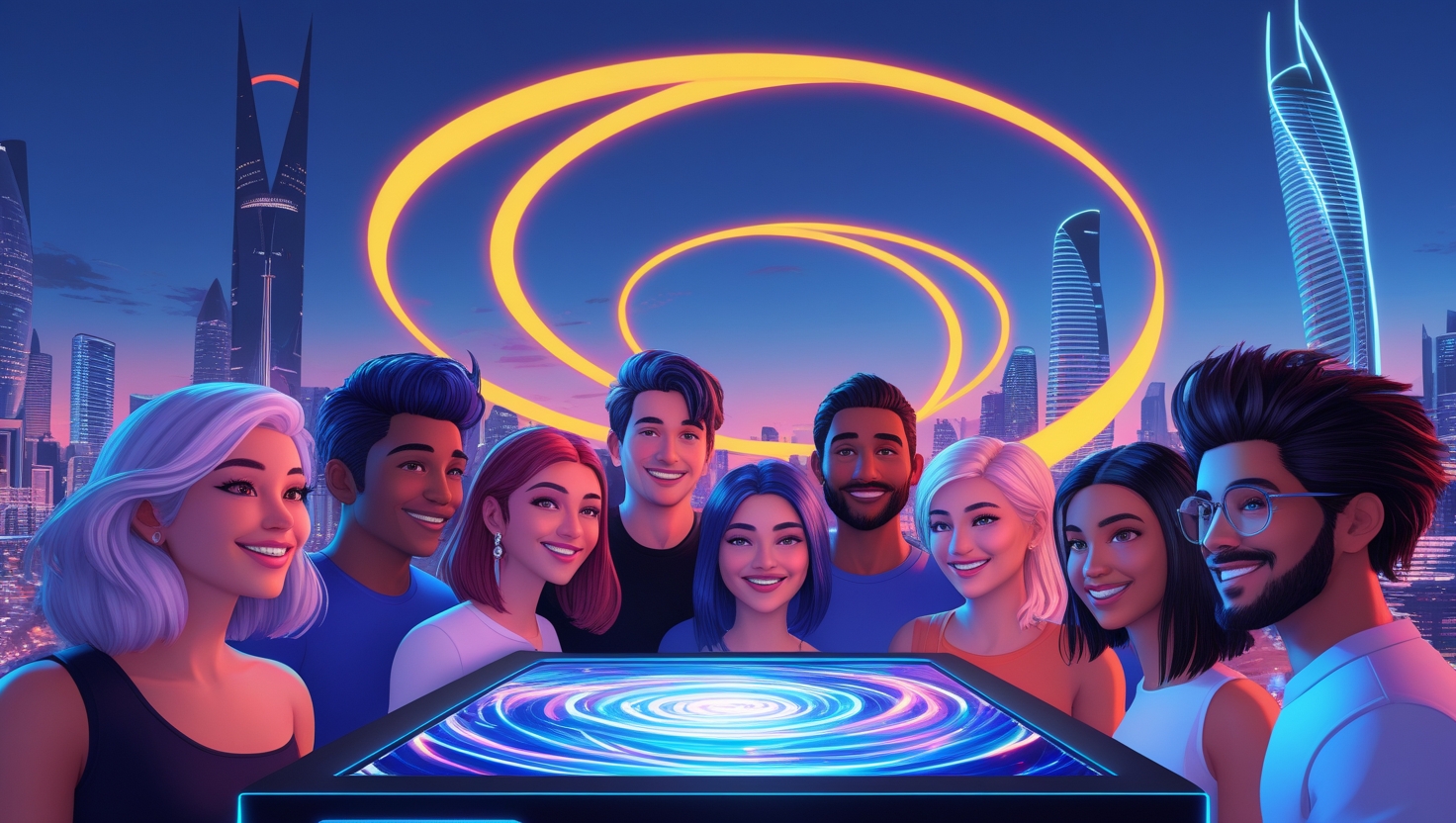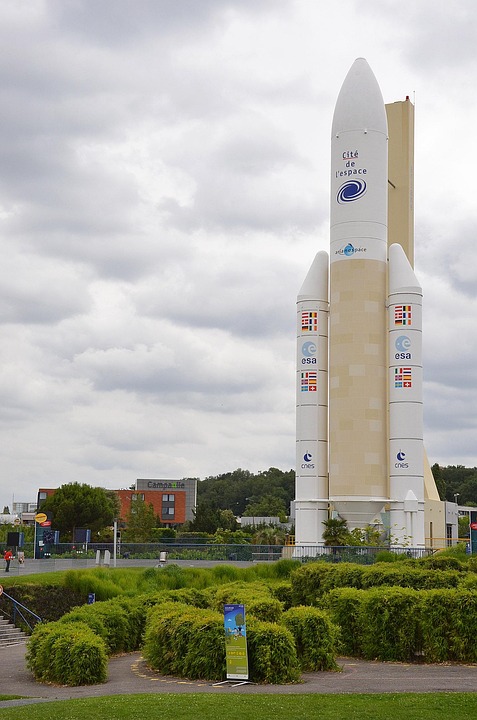Exploring the Gaming Metaverse: A Beginner’s Guide to Virtual Worlds and Digital Adventures
The gaming metaverse has emerged as one of the most exciting frontiers in technology, blending virtual reality (VR), augmented reality (AR), blockchain, and social interaction into a single, immersive digital space. For beginners, this concept might sound complex or even futuristic, but it’s essentially a shared, interactive universe where players can explore, create, and connect in ways beyond traditional games. Whether you’re a casual gamer or a tech enthusiast, understanding the gaming metaverse can open up a world of possibilities. Let’s break it down.
What Is the Gaming Metaverse?
The gaming metaverse refers to a collective, persistent virtual environment where players can engage in interactive experiences, often across multiple platforms. Unlike conventional games with fixed boundaries and gameplay, the metaverse is a fluid, interconnected space that evolves with user participation. Think of it as a 3D version of the internet, where you can attend concerts, shop for virtual goods, play games, and even work—all within a digital realm.
At its core, the metaverse is driven by technologies like blockchain, which enables digital ownership through non-fungible tokens (NFTs), and VR/AR, which enhances immersion. While not all metaverse platforms are blockchain-based, many incorporate these elements to create unique economies and user-generated content.
Why the Gaming Metaverse Matters
The rise of the metaverse reflects a shift in how we interact with digital spaces. Here’s why it’s significant:
- Immersive Socialization: Players can meet friends, attend events, or even collaborate on projects in real-time, regardless of location.
- User Creativity: Platforms like Roblox and The Sandbox empower users to design games, art, or virtual worlds, fostering a community-driven ecosystem.
- Economic Opportunities: Blockchain-based metaverses allow players to earn money through virtual assets, such as selling NFTs, trading virtual real estate, or monetizing creations.
- Cross-Platform Integration: The metaverse aims to connect different games and services, enabling seamless movement between virtual spaces.
For example, games like Fortnite have hosted virtual concerts by artists like Travis Scott, while Decentraland has seen digital fashion shows and virtual land sales for millions of dollars. These experiences highlight how the metaverse is redefining entertainment.
Key Features of Gaming Metaverse Platforms
-
Avatars and Identity:
Players create and customize digital personas (avatars) to interact with others. These avatars can be used across platforms, especially in blockchain-driven worlds. -
Virtual Economies:
Many metaverses have their own currencies or NFT-based economies. For instance, The Sandbox allows users to buy and sell virtual land or in-game items using crypto. -
User-Generated Content:
Platforms often let users build their own experiences, from simple games to complex virtual worlds. This democratizes content creation and fosters innovation. -
Social Interaction:
Beyond playing, the metaverse prioritizes socializing. Think of it as a digital playground where friendships, communities, and collaborations form organically. - Decentralization:
Blockchain technology enables decentralized ownership of assets. Users can truly own virtual items, unlike traditional games where items are tied to company servers.
Popular Gaming Metaverse Platforms for Beginners
Here are some of the most accessible and well-known platforms to explore:
-
Decentraland
- What It Is: A virtual world built on the Ethereum blockchain where users can buy and sell virtual land (as NFTs) and create experiences.
- Why It’s Unique: It’s a decentralized platform with no central authority. Users can host events, design games, or even run virtual businesses.
- Getting Started: Requires a crypto wallet (like MetaMask) to purchase land or assets.
-
Roblox
- What It Is: A user-generated game platform with a focus on creativity. Players can design games and explore millions of others’ creations.
- Why It’s Unique: Free to play, family-friendly, and ideal for learning game design. It’s a gateway to understanding metaverse concepts without blockchain.
- Getting Started: Create a free account and start exploring or building games.
-
Fortnite
- What It Is: A battle royale game that has expanded into a metaverse with events, social spaces, and collaborations.
- Why It’s Unique: Known for its live events (e.g., concerts, movie screenings) and cross-platform play. It’s a great example of how gaming can blend with other virtual experiences.
- Getting Started: Download the game on your preferred device.
-
The Sandbox
- What It Is: A blockchain-based platform where users can create, share, and monetize gaming experiences using NFTs.
- Why It’s Unique: Combines gaming with creative tools like Sandbox Editor to design games without coding.
- Getting Started: Use a crypto wallet to buy virtual land and explore its marketplace.
- Minecraft (with Modded Worlds)
- What It Is: While not a metaverse by default, Minecraft’s modded versions and servers (like Minecraft Earth or NetherGames) can create metaverse-like experiences.
- Why It’s Unique: Offers limitless creativity and is accessible on multiple platforms.
How to Get Started with the Gaming Metaverse
If you’re new to the metaverse, here’s a simple roadmap:
- Choose a Platform: Start with user-friendly options like Roblox or Fortnite before diving into blockchain-based worlds.
- Create an Account: Most platforms require a free account. For blockchain-based ones, you’ll need a crypto wallet (e.g., MetaMask, Trust Wallet).
- Explore and Play: Engage with games, attend events, or interact with avatars to understand the environment.
- Understand the Economy: If the platform has virtual currency or NFTs, learn how to earn, buy, or trade them. For example, in The Sandbox, you can trade virtual land using cryptocurrency.
- Build and Create: Experiment with creating content (games, art, or experiences) to fully participate in the metaverse.
Pro Tip: Begin with free platforms to grasp the concept before investing in cryptocurrency or NFTs.
Challenges and Opportunities
While the gaming metaverse offers incredible potential, it’s not without hurdles:
Challenges:
- Technical Barriers: Some platforms require VR headsets or high-speed internet.
- Privacy Concerns: Sharing personal data in virtual spaces can pose risks.
- Cost: Blockchain-based platforms may involve expenses like crypto transactions or NFT purchases.
Opportunities:
- New Social Spaces: Connect with global communities in unique ways.
- Earning Potential: Create and sell digital assets, or even earn income through virtual jobs.
- Innovation: Explore cutting-edge tech like AR, AI-driven NPCs, and real-time physics.
For instance, Axie Infinity (a blockchain game) lets players earn tokens by playing, while Genshin Impact integrates social features that mirror metaverse principles.
The Future of Gaming in the Metaverse
The metaverse is still evolving, but here’s what’s on the horizon:
- Enhanced Realism: Improved graphics, haptic feedback, and AI will make virtual interactions more lifelike.
- Cross-Platform Play: Imagine playing Fortnite on a VR headset and then attending a concert in Decentraland without switching accounts.
- AI Integration: AI could generate dynamic environments or personalized experiences, making the metaverse more engaging.
- Sustainability Efforts: As environmental concerns grow, platforms may adopt eco-friendly blockchain solutions (e.g., switching to proof-of-stake systems).
Tech giants like Meta (formerly Facebook) and Microsoft are investing heavily in metaverse development, signaling a push toward mainstream adoption.
Conclusion: Your Journey into the Gaming Metaverse
The gaming metaverse is more than just a trend—it’s a glimpse into the future of digital interaction. Whether you’re drawn to creative freedom, social connection, or economic opportunities, there’s a platform suited to your interests. Start with free or low-cost options, learn the basics, and gradually explore more complex ecosystems.
As the metaverse grows, it will continue to reshape how we play, work, and connect. For beginners, the key is to stay curious, embrace the learning curve, and enjoy the journey into this boundless virtual world. Who knows? Your next adventure could be a virtual concert, a digital art gallery, or a game you create yourself. The metaverse is waiting—what will you build?
Ready to dive in? Start with a platform that aligns with your interests and see where the digital world takes you!







